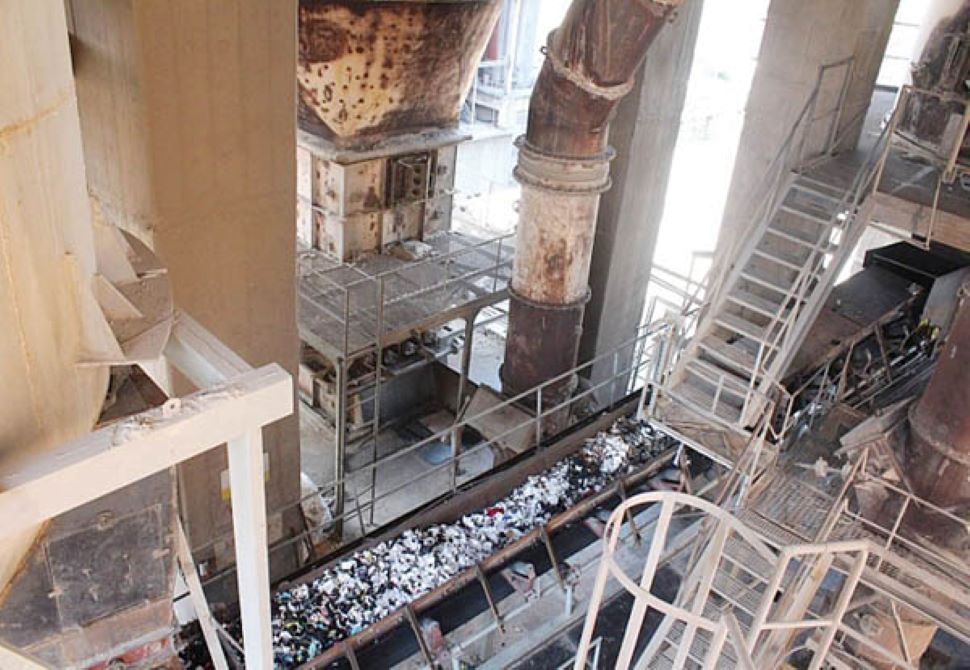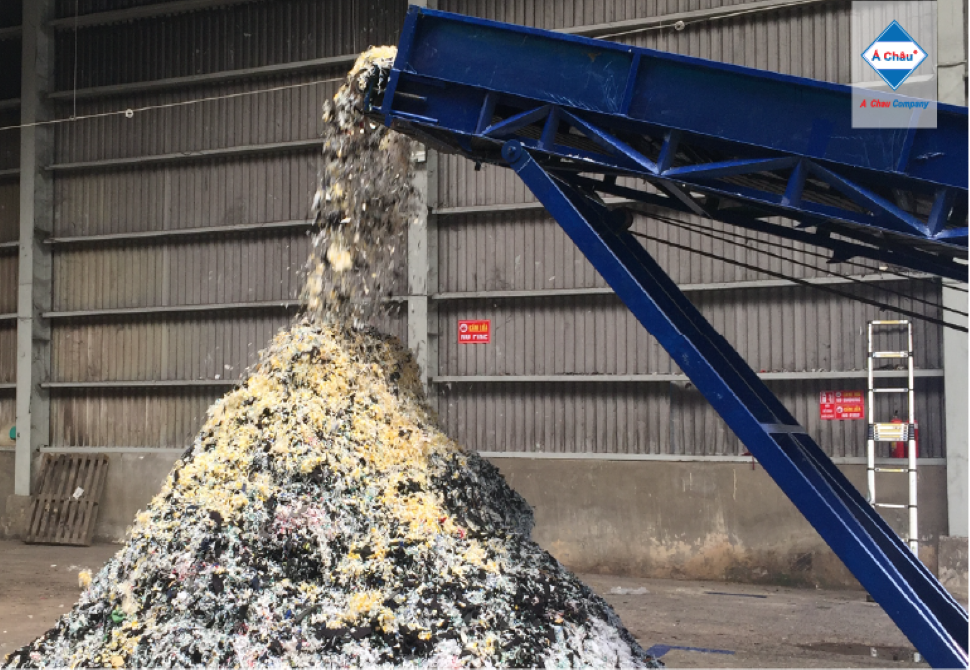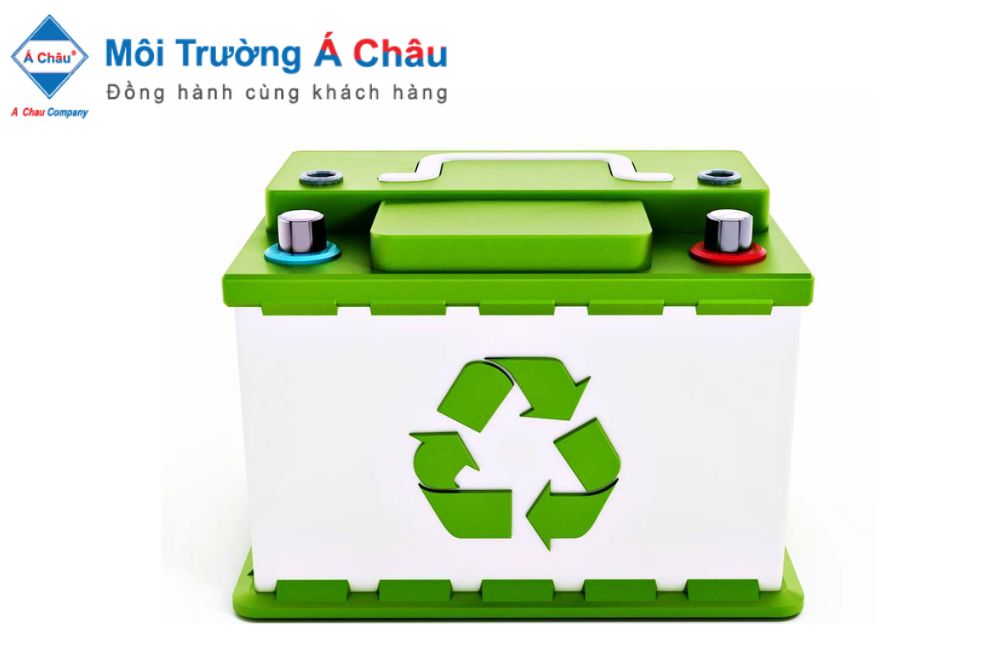The waste is "Co-Processing" in kilns to produce Cement
Presently, many enterprises try to research, synchronize, and invest in waste, domestic waste, hazardous waste, and clinker waste. The method of incinerating waste in the kiln is highly appreciated, leaving no ashes reducing CO2 and toxic emissions. These advantages not only bring confidence in production but also help plants grow sustainably. The use of waste as a raw material and fuel in cement production reduces the dependence of industrial production on fossil fuels and protects natural resources and GHG.
Vicem Hoang Thach cement kiln waste incineration system.
Many international organizations, including the World Commission on Environment and Development (WCED), the Basel Convention, the European Cement Association (CEMBUREAU), and others, recognize waste treatment in clinker kilns as one of the most sustainable solutions for non-recycled waste control eco-friendly and encouraging application.
In comparison to burying options, incinerating waste in clinker kilns saves a significant amount of space and money when storing and treating garbage. Organic solvents, PCB-containing waste oils, paint, glue, adhesives, venin, plastic, PVC, old tires, pesticide packaging, printing mud, acids, alkaline liquids, contaminated soil, industrial ash, sludge, organic waste, wood... are separated, stored in the Factory, and burned. The waste debris that remains after it has been burned will be used to make cement. This is also one of the Party Government's growth directions, and it is in accordance with the global development trend in the Circular Economy.
Image: MTAC waste pre-processing raw material for cement factory
Cement kilns run at high temperatures (1400 - 1450 °C) and can handle a variety of waste, including hazardous waste, in enormous quantities. However, due to the high alkalinity of the cement, it is capable of neutralizing the hydrochloric acid and other kinds of gas acid produced during waste combustion. The retention time is around 6 to 10 seconds. As a result, cement kilns achieve extremely high destruction efficiency as well as highly high emission cleaning efficiency, including Dioxins and Furans.
Currently, the country has 87 cement manufacturing lines, but only three are certified to manage hazardous waste: Insee Co., Ltd (Kien Giang), Thanh Cong Cement Manufacturing Co., Ltd (Hai Duong), and Nghi Son Cement Corporation (Thanh Hoa). The potential for waste treatment in the cement industry is vast, as this is a solution that has many advantages when it comes to the thorough treatment of waste, especially hazardous waste with mass quantities due to the exploitation of the high-temperature kilns available in the production line, not demanding in waste segregation, high thermal recovery rate, no secondary emissions, and still monitoring 24/7, which "No landfills" contributing to ecology protection.
Vicem Group, a cement company leader, has successfully tested and executed waste processing programs, fuelled sludge, and used alternative resources in the manufacturing of clinker cement since the end of 2019. Simultaneously, increase the usage of vinegar untrue rubber.
In 2020, Vicem processed the sludge at 05 lines of the 04 cement production units (Hoang Thach Cement Factory, But Son, Ha Long, Ha Tien 1) with a total volume of 15,000 tons of sludge; in 2021, there will be more than 70,000 tons of sludge, which will replace 3 - 5% of the raw materials of clay; the plan for 2022 is for Vicem to process 86,000 tons of sludge.
Vicem handles industrial waste in 07 lines of five manufacturing units, with a total waste volume of over 120,000 tons (in 2020), more than 200,000 tons (2021), and a replacement plan for Vicem to handle approximately 276,000 tons of garbage in 2022. Economic efficiency when testing waste treatment decreases production costs from $3,000-5,000 per ton of Clinker in manual treatment lines and $8,000-15,000 per ton of Clinker in semi-automatic treatment lines. Vicem But Son has been allowed by Vietnam MONRE to conduct hazardous waste testing beginning in 2021. So far, after nearly five months of testing, the unit has effectively disposed of over 4,172 tons of hazardous waste at a cost of 400,000 VND/ton.
Source: Ximang.vn















